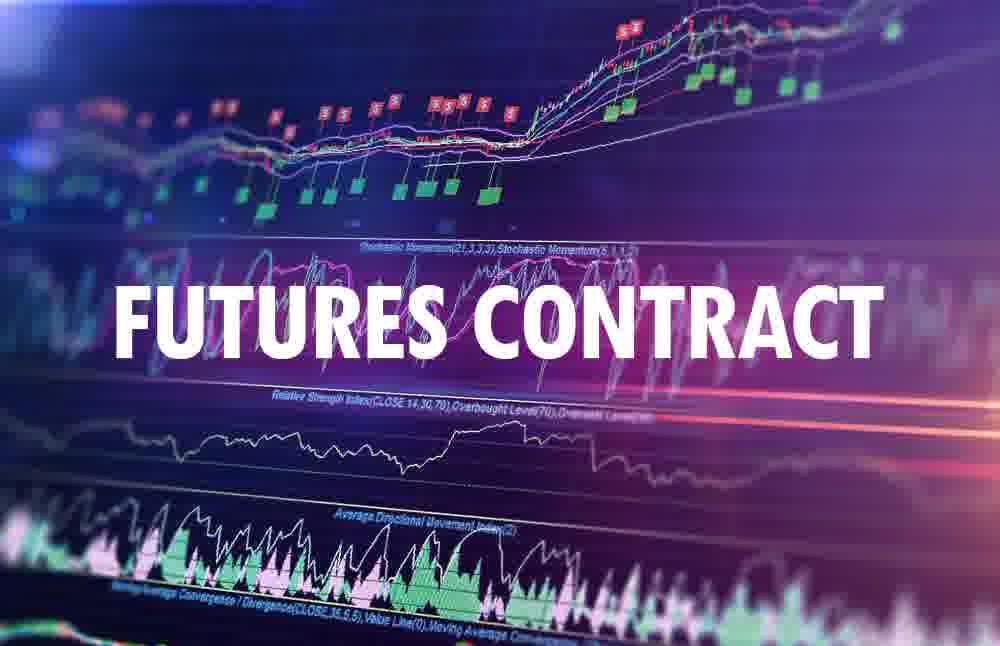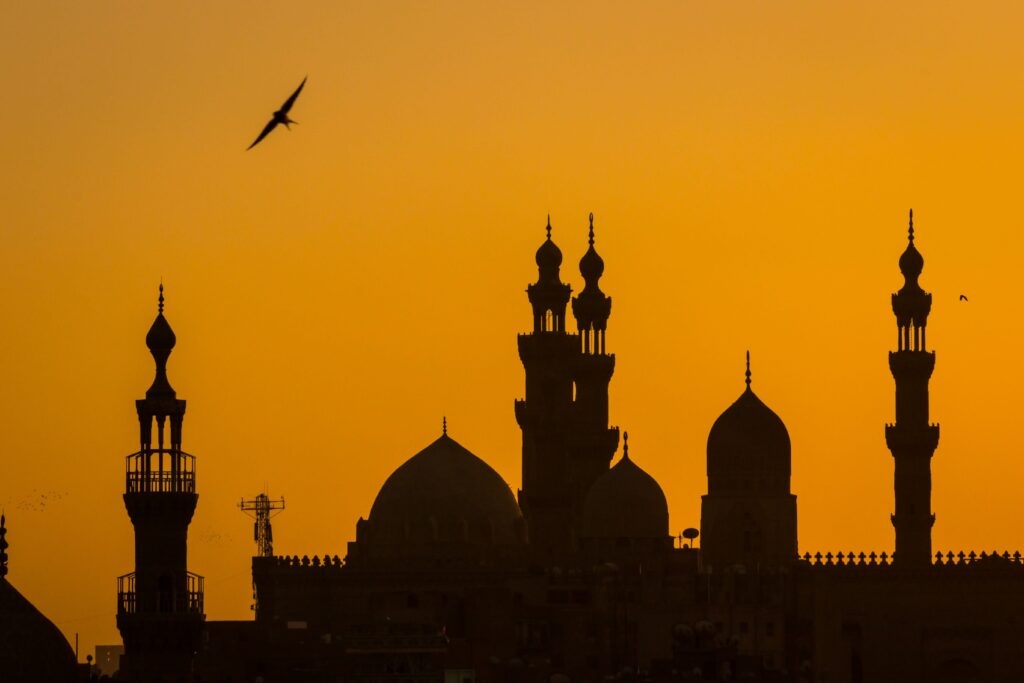Coinbase has already registered with NFA to be able to offer Coinbase futures products
Is Coinbase now aiming for new markets?
On September 15th 2021, as stated on the NFA’s (the National Futures Association) own website, the application – whose status is still set as ‘pending’ – was made under the name “Coinbase Global Inc.”.
This is proof in and of itself that the exchange has aspirations to be able to go further than only offering simple spot trading and also wants to now be a part of the lucrative business of derivative trading.
Coinbase announced on Twitter on September 16 that “this is the next step in expanding our offerings and offering futures and derivatives on our platforms. Objective: Further growth of the crypt economy.
Today, Coinbase filed an application with the NFA to register as an FCM → Futures Commission Merchant.
— Coinbase (@coinbase) September 15, 2021
This is the next step to broaden our offerings and offer futures and derivatives trading on our platforms.
👉 Goal: Further grow the cryptoeconomy.
What is Derivative Trading?
Most usually, derivative contracts would come in the form of futures and options contracts:
Futures allow people to buy and sell contracts at a predetermined price, for example, Bitcoin (or other cryptocurrencies) at a set time in the future; Option contracts work similarly, in the way that traders will buy or sell at a predetermined price, only here they can sell at any time, so long as it is before or when the contract expires and no later than that. Perpetual contracts — otherwise known as non-expiring futures — are yet another popular form of trading.
Why Did Coinbase Register With The NFA?
In the United States, there is a law stating that if a company wishes to sell to individuals, registration must be made with the official federal regulator known as CFTC (the Commodity Futures Trading Commission) which controls regulation in both commodities and all derivatives. Although the registration process is delegated to the NFA, meaning that any entity that wishes to be recognised by CFTC must first be an NFA member.

Cryptocurrency Versus the Derivative Market
In the more traditional financial markets, as well as in cryptocurrency, derivative trading is big business. Crypto derivatives markets are dwarfed by the size of spot markets. Binance futures are up 3-1 in spot-to-spot searches. Inequality is even greater than the FTX. Coinbase has so far only watched as these competitors have created a market for crypto derivatives to the worth of nearly $150 billion, according to data found on CoinGecko.
After a lawsuit threat was given from the Securities and Exchange Commission (SEC) where they stated one would be filed if USDC’s plans for a loan product went ahead, Coinbase is hoping for a much smoother transition than theirs into the world of futures and derivatives contracts.
Read more news from Us




